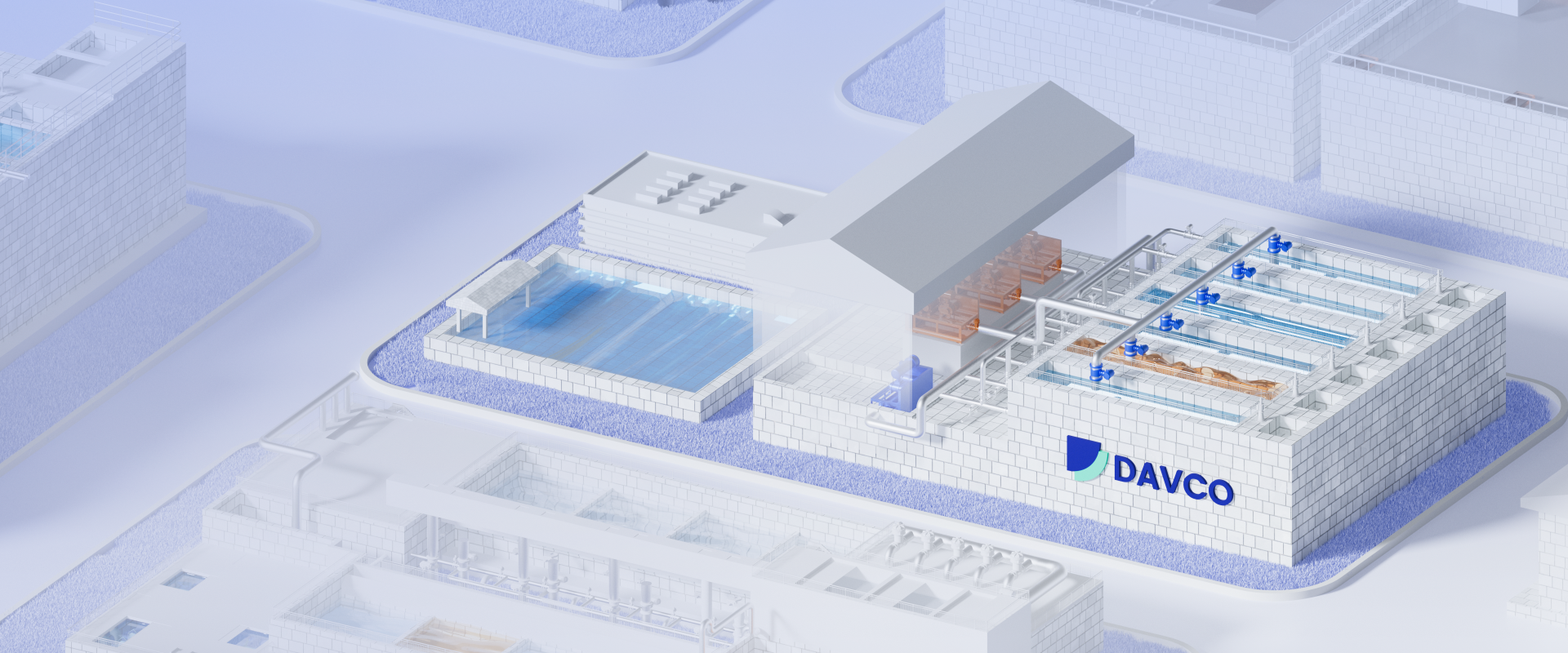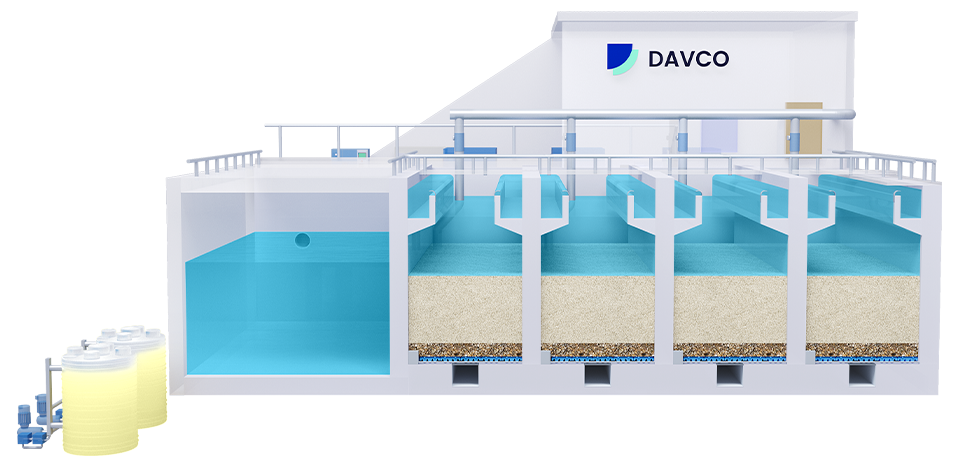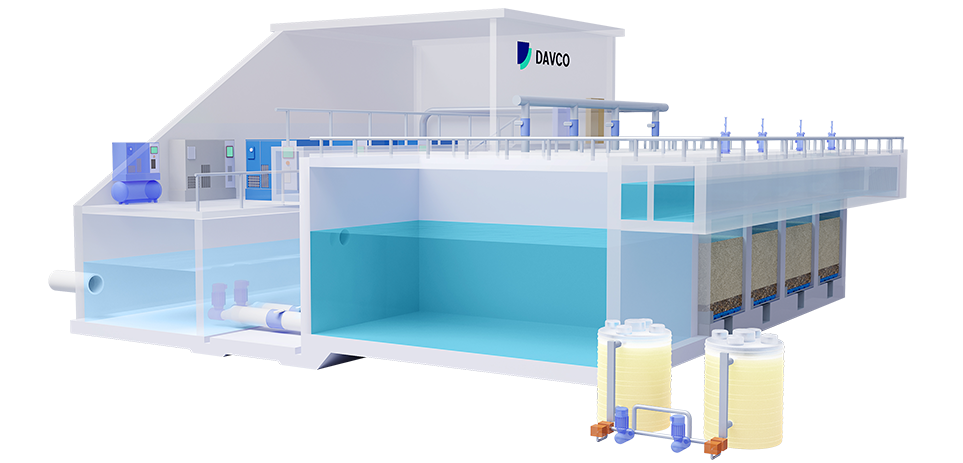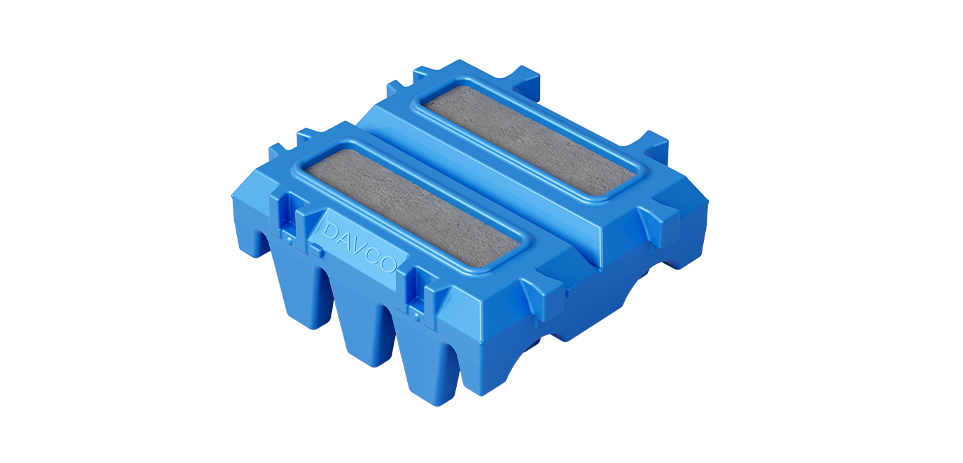- Home
-
Products
- Denitrification Deep Bed Filter DeniFil™
- Densified Sludge Selector VorDense™
- Secondary Sedimentation Tank Sludge selec System SepTnk™
- High Efficiency Micro sand Sedimentation Tank SediFas™
- Integrated Filter Series ModFil™
- Biological Aerated Filter OxiFil™
- Sulfur Autotrophic Denitrification Deep Bed Filter Sulfor™
- Solutions
- About Davco
- Resource Center
- Contact Us

 EN
EN 














